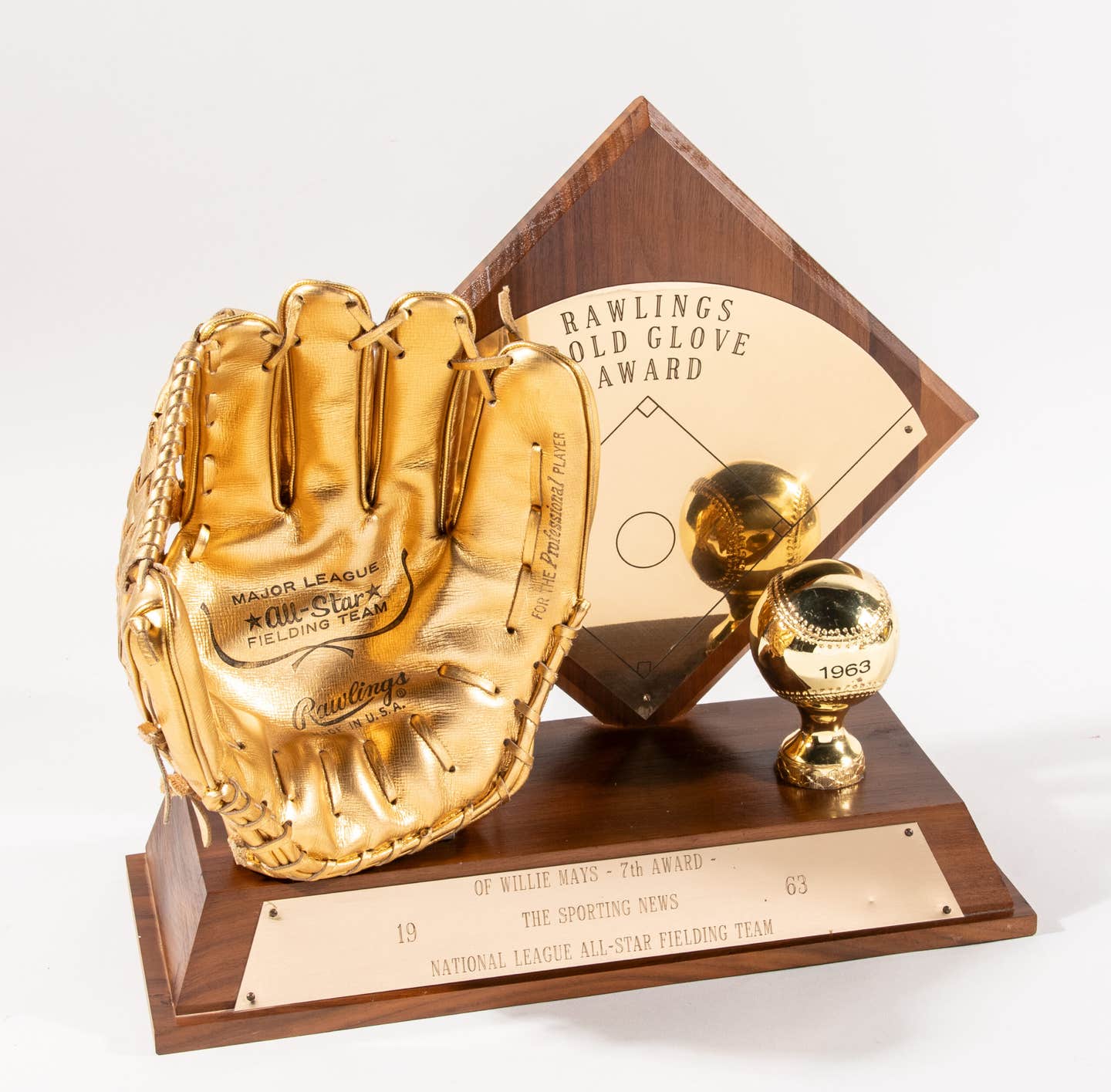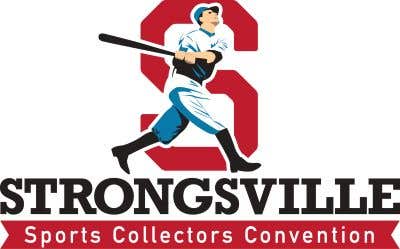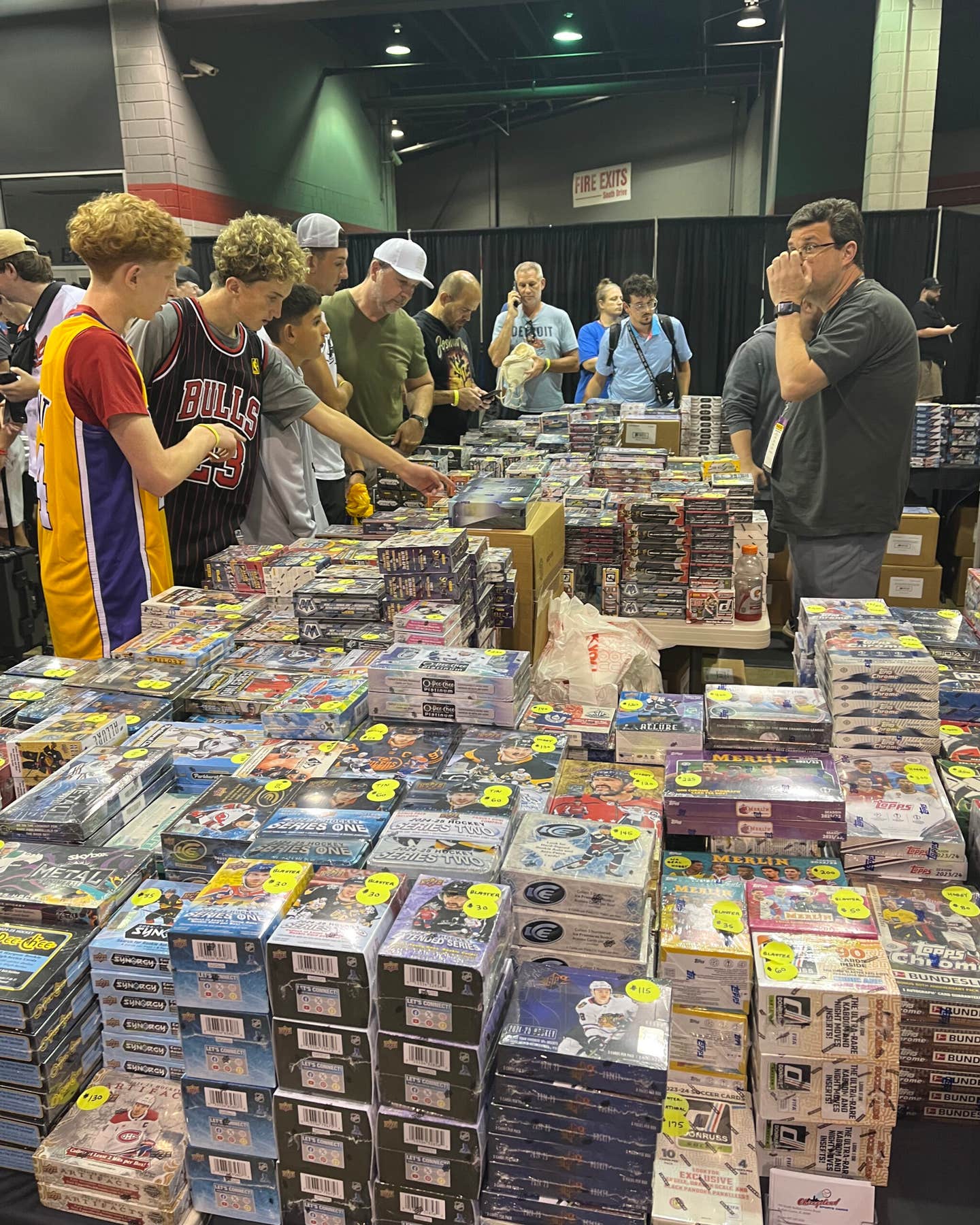News
Collector relocates man cave
One of the hardest things for a collector to do is “let go.” As a longtime columnist for SCD, as well as a collector myself, the past year has presented some gut-wrenching decisions for your humble “Stadia Collector.” It’s been a long journey, and I’d like to share it with you.
I began writing for SCD in 1993, at first solely about Stadia — namely, artifacts from long ago (or more recently) demolished ballparks such as seats, signs, or anything else we might deem collectible, some tangible relic that ties us to that park and its history (this before they started tearing stadiums down like every 15 minutes). Later on I branched out, thanks to the latitude given to me by my great SCD editors over the years, writing articles on uniforms, spring training autograph experiences, and even sports movies and plays. But my anchor has always been the ballpark stuff.
I began building my collection in the early ‘80s when I found a pair of Yankee Stadium wooden seats that were being thrown out down the street. They were beat up, but hey, they were the real deal. So I learned, by trial and error, how to restore them (I ended up doing a feature on that, too) and started seeking others, which led to the always fascinating detective work it took in those pre-Internet days, going through microfilm in dusty libraries and contacting historical societies in various cities. I was specifically trying to find what happened to the contents of these “Green Cathedrals” when they were torn down — usually with little or no fanfare or interest — in the ‘60s and early ‘70s. The Polo Grounds, Ebbets Field, Connie Mack Stadium, Sportsman’s Park, Crosley Field, and many others — they all had a fascinating story behind them, and I was glad to tell the tales in the pages of our magazine, all the while tracking down their contents, most notably the seats, while putting together my own collection.
It’s still incredible to me where these fixtures ended up in their second lives: minor league ballparks, amusement fairgrounds, racetracks, churches and the like. And, by connecting with like-minded historical enthusiasts in the cities where the items were relocated, I managed to slowly expand my collection, to where I reached a total of 25 different wooden seats, including nearly all of the original 16 major league teams. Some had to be refinished, some not. I even acquired, as documented in a memorable SCD feature, an intact Shibe Park rotating turnstile from 1912, which, believe me, was a bear to get down into my basement, and even harder to remove. But it sure was cool.
Along the way I got to meet great guys in the Stadia hobby like Richie Aurigemma and the Rozanc brothers, as well as Mike Seitz, who used to provide me with seat bases, plaques, and other accessories for this part of the hobby. During this time I became a tag sale and antique fair junkie (another SCD article), accumulating over 100 vintage gloves and 50-plus bats, as well as a plethora of uniforms, including a home and road jersey of every MLB club and numerous minor league/bush league flannels going back to the turn of the century (yet another SCD article). I was also a regular at the Fort Washington (Willow Grove), Pa., shows and the East Coast National in Westchester, N.Y., that is held every summer.
In the realm of autographs, I attended events all over the Northeast during the ‘80s, securing signatures of some of the really big names before the prices got silly: Mantle, DiMaggio, Williams, Mays, Aaron, Musial, Snider, etc. Whether it was signed bats, jerseys or photos, it was worth standing in long lines to meet these sports icons. In the end, I never paid for an autograph I didn’t obtain in person.
With the addition of thousands of cards, yearbooks, programs, nodders, artwork, and a formidable library of a couple hundred volumes, my basement collection was reaching epic proportions.
So, for 30 years I went happily along, acquiring a piece here, a piece there, while also trading with other collectors, until the day came when my only child moved out and my wife said the dreaded words that bring chills to any collector: “We have to downsize.” Yes, folks, it was sell-the-house-and-buy-the-retirement-condo time. Yikes!
Where to begin? The task seemed so daunting that I had difficulty even thinking about it. But then, when we made a definite decision to move within the next 18 months, I had no choice. There’s a line from the Bob Seger song “Against the Wind” when he’s talking about his life and “… what to leave in, what to leave out.” This was my first dilemma. I mean, I LOVED all my stuff, remembering how and when I acquired every piece. But most, if not all, of it had to go, victims of the dastardly downsize (and the need of a down payment towards the upcoming condo purchase).
After much discussion with my wife Maria, who had always supported my collecting habit, we agreed that I would hold on to all of my Yankees-related items, a few choice non-Yankee gloves and balls, and the bulk of my baseball library. The cards, bats, yearbooks, nodders/statues, trophies, framed pieces, board games, uniforms and —ulp — all the seats and ballpark fixtures outside of Yankee Stadium would be sold.
The next dilemma was to determine how to liquidate my inventory, and boy, this wasn’t easy. Basically, I decided to go in three different directions: offer a few items to a couple buddies of mine for their collections, do the eBay thing, and sign on with an auction house for the high-end/bulky stuff.
While writing these many years about the estimated values of Stadia and other stuff, I’ve had the opportunity to seek information from numerous people at some of the major auction houses. But the ones who always seemed to give me the most personal time were the folks at Hunt Auctions, so I went with them, simple as that. I contacted Carolyn McCann, who deals with acquisitions, and told her what I had in mind. She then asked for a list with detailed descriptions of as many of the items as I could supply. So, I got to work.
Here is where I had a hard time. Only the collector knows how much effort went into the acquisition of each item he/she owns, as well as what was paid for it. And we all think our stuff is priceless. But when it comes to selling it, the discrepancy between how much we value it and what it will command on the open market is sometimes stark, and many times disheartening. This was brought home to me time and time again in those early eBay days, when items went for less, or even without bids, when I thought they were slam dunks. For example, I (luckily) sold my many binders/complete boxed sets of cards, most from the ‘70s — early 2000s, for around $800. What did they cost me? A few hundred more, at least. But I had to suck it up and get real.
Anyway, when all my cataloging was done I sent the list to Carolyn and we agreed that a major pickup was in order here. And so, on a steamy day in August 2017 a tractor-trailer pulled up to my house, and they started loading the collection — box by box and seat by seat — ending with the turnstile. My neighbors, who had been to or heard of “the Museum,” came outside to witness the spectacle. All I could do was stand idly by, hand out numerous bottles of water to the movers from Hunt, and try not to cry. It took nearly three hours, but then it was done, and the truck pulled away for its trip back to Pennsylvania. I packed up my choice items that I’d held back, put them in a storage unit, and waited to see what would transpire.
Well, by the time everything got sorted, inspected and cataloged, it was a few months later. There were many times, especially with the seats, when I fielded calls from Hunt’s authenticators as to their provenance. I didn’t consider these inquiries insulting; hey, if I was bidding on these items, I too would want to be positive they were for real. But it sure did make me nervous.
By the time I received the first of six or so auction catalogs the collection would be spread over, my eBay and private transactions were complete, and I’d done fairly well.
So the months, and the auctions, came and went. Each one brought anticipation; some results were gratifying and surprising, while others were disappointing. But when the dust cleared, we netted (after the consignor’s premium) what I hoped the collection would bring. And, if one adds in the non-auction items I sold privately and on eBay, the liquidation grossed as much as I had insured the entire collection for, including the stuff I had held back. Best of all, we had the money for our condo’s down payment.
But the story doesn’t end here. Life was about to throw me the proverbial curveball.
In the winter of 2018, my wife and I went condo hunting, seeking the same 55-and-older-type community in a quiet area with all the amenities (pool, golf, gym, etc.) that we had at our vacation condo in Vero Beach, Fla., the former home of Dodgertown. And we found one, after a little looking around. But then came the shocker: not only did the garden apartment-type condo have all the amenities we sought, at a very reasonable price, but it featured a basement level of two rooms, one of which was a finished “family/rec room” of 600-square feet. Let me say this again: 600-square feet. Twice the size of my old baseball room!
Of course, there were some issues. One of the reasons we’d gotten such a sweet deal was that the condo — on both floors — needed work. As far as the cavernous downstairs family room, it had a sagging 1970s drop ceiling, flickering fluorescent tube lights and all, dark wood paneling, and a brown carpet, with a parquet pattern, no less. Yeah, it was kind of rough, but all I saw was space — and potential. My wife must’ve heard the wheels turning in my collector’s mind because she said, “Uh-oh.” Needless to say, we bought the place, in March 2019.
This past summer was renovation project time. When all was said and done, the job had taken a week, but the results were dramatic, and the room looked positively huge. Finally, it was time to decorate!
It wasn’t until I returned to the storage unit that I realized just how much material I’d held back, either because it was Yankee stuff I wanted to hold on to for future generations, or because it sported personalized autographs that were of little value to those other than me. There were also a few personal items that I just couldn’t part with, such as a “Louisville Slugger” bat rack and a Yankee Stadium coffee table that had been custom made for me by relatives.
Although there would be far fewer items in the new “sports room/man cave,” I decided to splurge a little and display the items correctly. To start, I purchased “shadowbox” jersey cases online rather than pay steep fees to custom frame some primo pieces — my autographed Mantle and DiMaggio jerseys, and a Cooperstown Collection Jackie Robinson uniform that I would pair with items I obtained through correspondence a few years ago with his widow Rachel regarding school projects on Jackie and the Negro Leagues that I had done with my students.
Anyway, to display the six autographed Yankees player model gloves that I’d kept, I purchased basketball-type ball cubes from my local craft store, mounting the gloves on inexpensive collector plate stands. The 20 or so autographed baseballs I’d obtained at either card shows or spring training would be housed in a home plate style display case purchased online that optimized space and looked cool.
But the real “find” were the replica Yankee Stadium facade pieces I found on a local Facebook “Marketplace” page. Some older man had painstakingly fashioned them out of foamboard using exact measurements and precision work tools but had inexplicably never put them up, and they had sat for years in a basement. I happily purchased the lot for the paltry sum of $20, painted them bright white, and glued blue poster board to the backs to make them “pop.” The results, I hope you will agree, are striking. And, of course, I would be able to display the one stadium seat I held on to — my Yankee straight back model from 1923, as well as the aforementioned bat rack and coffee table.
Once I had purchased bookcases at local tag sales and painted them a uniform black, I got started sorting out my library books and other items to grace their shelves. As a finishing touch, I took some of the vintage tag sale gloves I’d held on to (I had sold about 100) and displayed them on one of the room’s soffits, where previously they had been buried in a big wooden chest. As it turned out, I had just enough stuff to fill the space without making it seem cluttered, something I admittedly had fallen victim to the last time. And because I had gained so much space, some items that had never seen the light of day because they had to be closeted were now able to be displayed. Even better, I was able to devote some space to my own high school and college athletics stuff, add a big screen TV, couch, La-Z-Boy recliner and a bar to create a true rec room/man cave instead of a museum. Of course, I’d again have to invest in a top-notch security system and put a “rider” on my homeowner’s insurance policy, but it was well worth it.
You might ask if there were any items I now wish I hadn’t sold. Well, Stadia-wise there was my Polo Grounds figural aisle seat and Ebbets Field double box seat (though they really wouldn’t fit in my Yankee-themed display) and a vintage Jackie Robinson Louisville Slugger store model bat autographed by 20-plus Brooklyn Dodgers that would have gone nicely with the current framed jersey. But who knew?
So, does this mean I’m back to collecting? Well, yeah, to a degree, although I’m going to be very selective this time around. For example, I would like to add to my vintage Yankee store model bat display to fill some empty slots on the bat rack, and find a few more NFL replica helmets at tag sales like the ones pictured under my TV that had previously resided in my classroom at school (as had my tag sale-find 2009 Yankee Stadium All-Star Game sign) because I had no room for them. I guess it’s back to tag sale-ing and hobby shows for me.
Finally, as far as resuming my SCD writing, I’m happy to have a renewed interest in the hobby, though I never considered canceling my SCD subscription (and have been busy writing novels the past few years, as some of you know). In fact, I have a good idea for the next “Stadia Collector” feature already.
Therefore, the Ferrante baseball museum may be gone, but after many lessons learned, long live the man cave!
(Email Paul at baseballjourney@optimum.net and visit his website paulferranteauthor.com)








